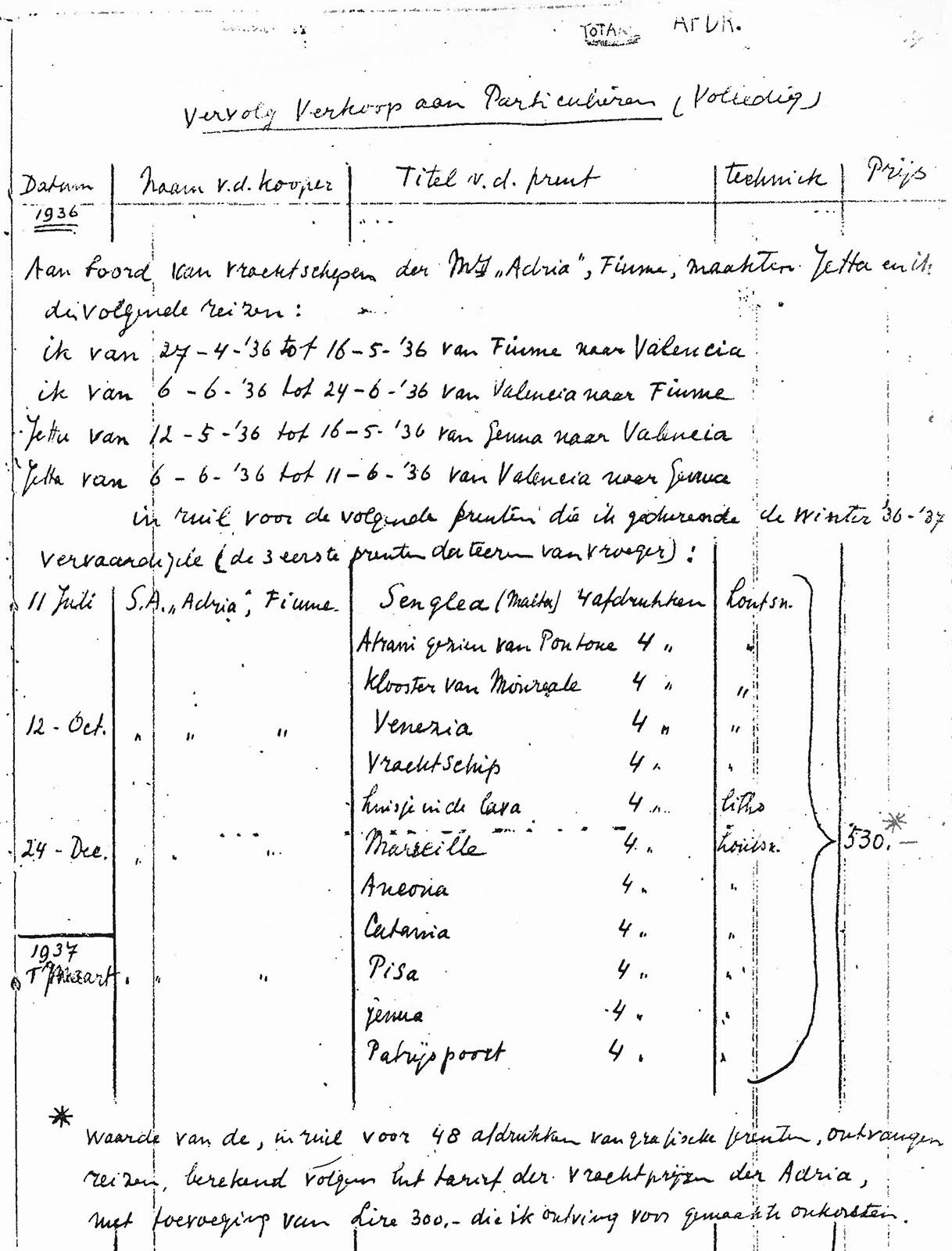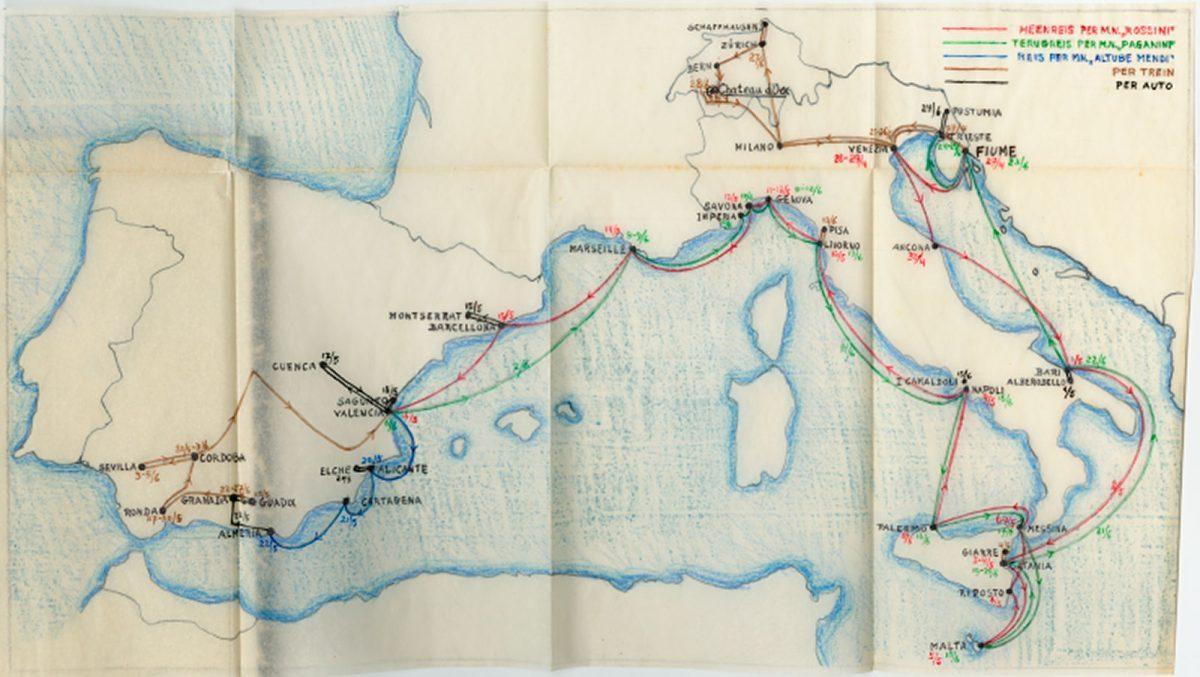
The winter of 1935/1936 was a dark period in Escher's life. In the spring of 1935, his second son Arthur had been diagnosed with tuberculosis. George, Escher's eldest son, was in equally poor health. Without too much deliberation, a decision is made: Leave Rome. The clean mountain air will do the boys good. The couple sell their apartment in Via Alessandro Poeri and leave Rome on 4 July 1935. Mauk and Jetta decide to move the family to Château-d’Oex in Switzerland. Nina, Jetta’s sister, and her husband also live in Switzerland, in Steckborn. Although Steckborn is situated on the shores of Lake Constance (Bodensee) and Château-d’Oex lies east of Montreux, the Eschers are invited to stay with them until 1 September.
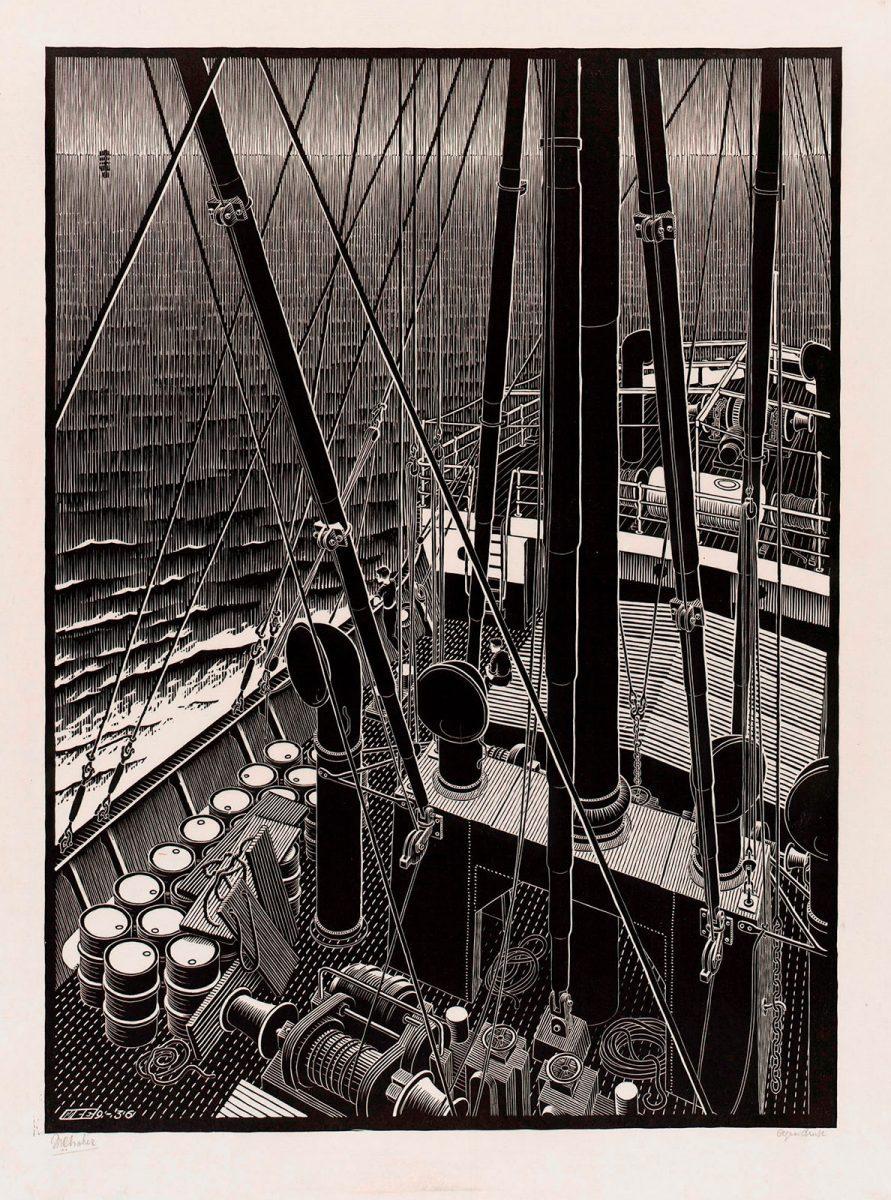
Mauk heads for The Hague first, to tie up important business matters. In late August, he returns to Steckborn and moves the family to Château-d’Oex. Jetta and the two boys soon feel at home. The boys enjoy playing around in the snow and Jetta loves to ski. However, in a letter to a close friend, Escher confesses that the “miserable snow” has done little to raise his spirits. He misses the warmth of Italy. According to Escher's biographer Hazeu, the sound of Jetta plaiting her hair in the dark evoked memories of a boat sailing at night. This gives him a brilliant idea: after consulting Jetta, he decides to write to an Italian shipping company to explore the option of taking a tour of the Mediterranean. In lieu of payment, Escher offers to create prints for a “propaganda booklet”.
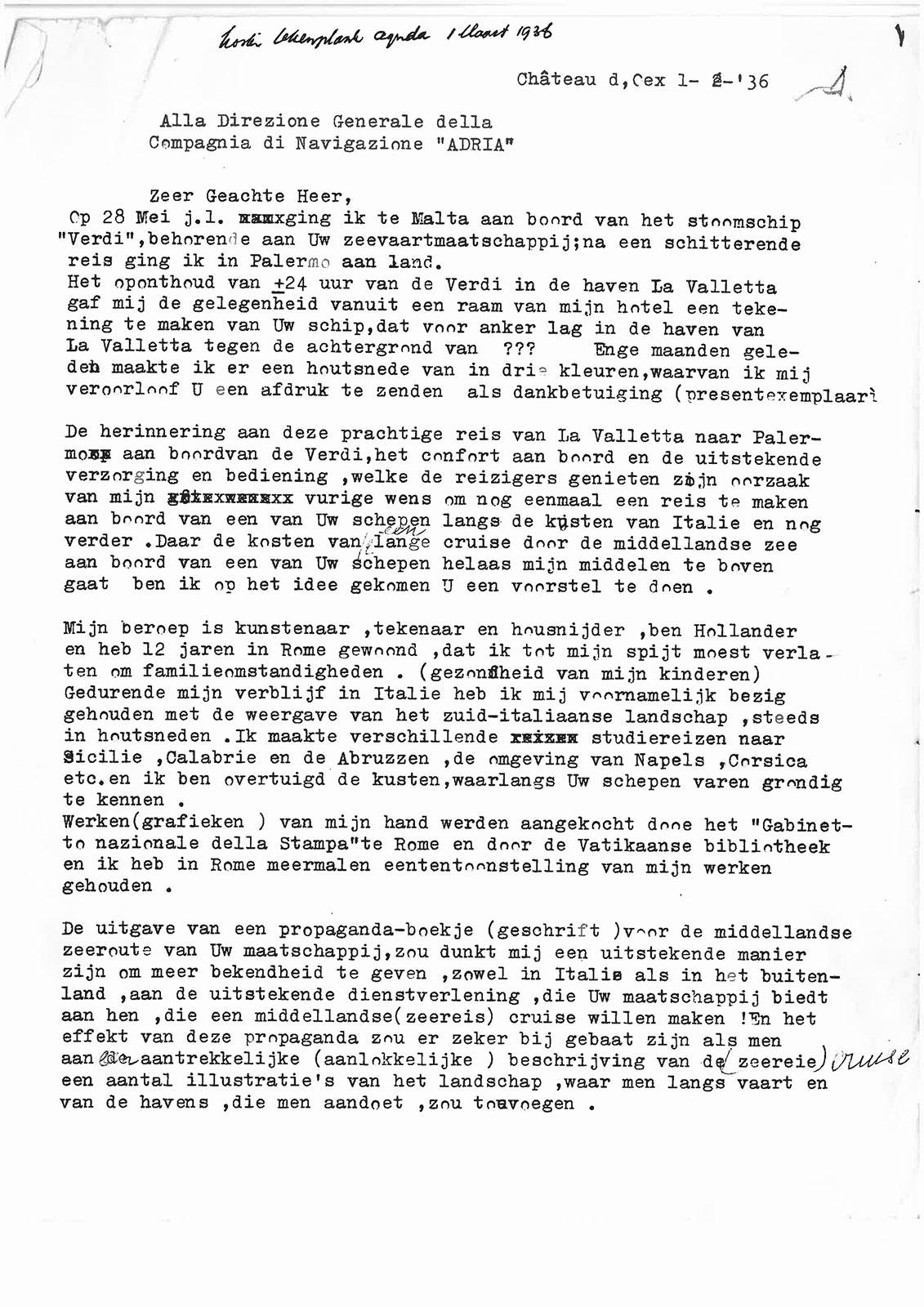
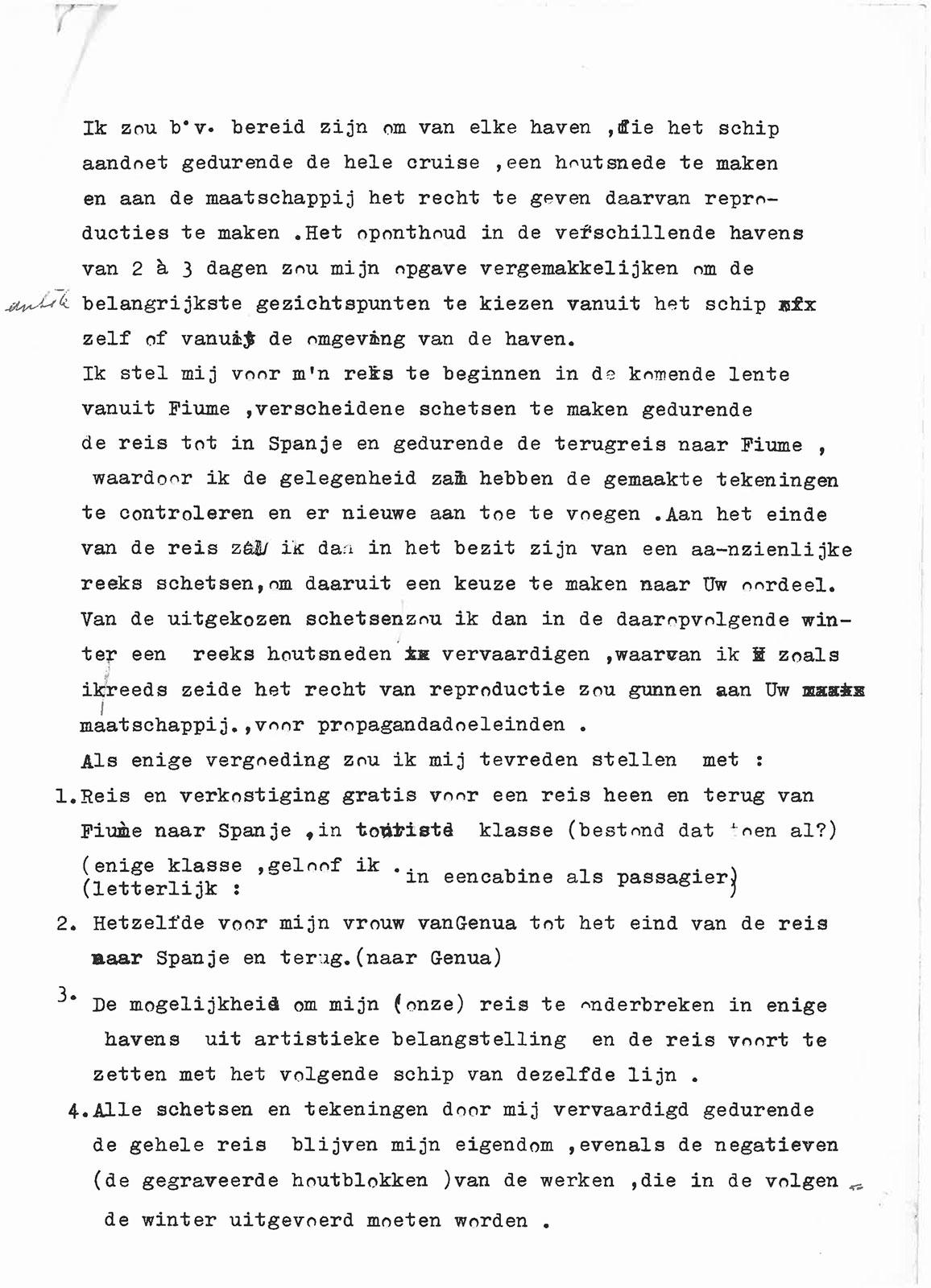
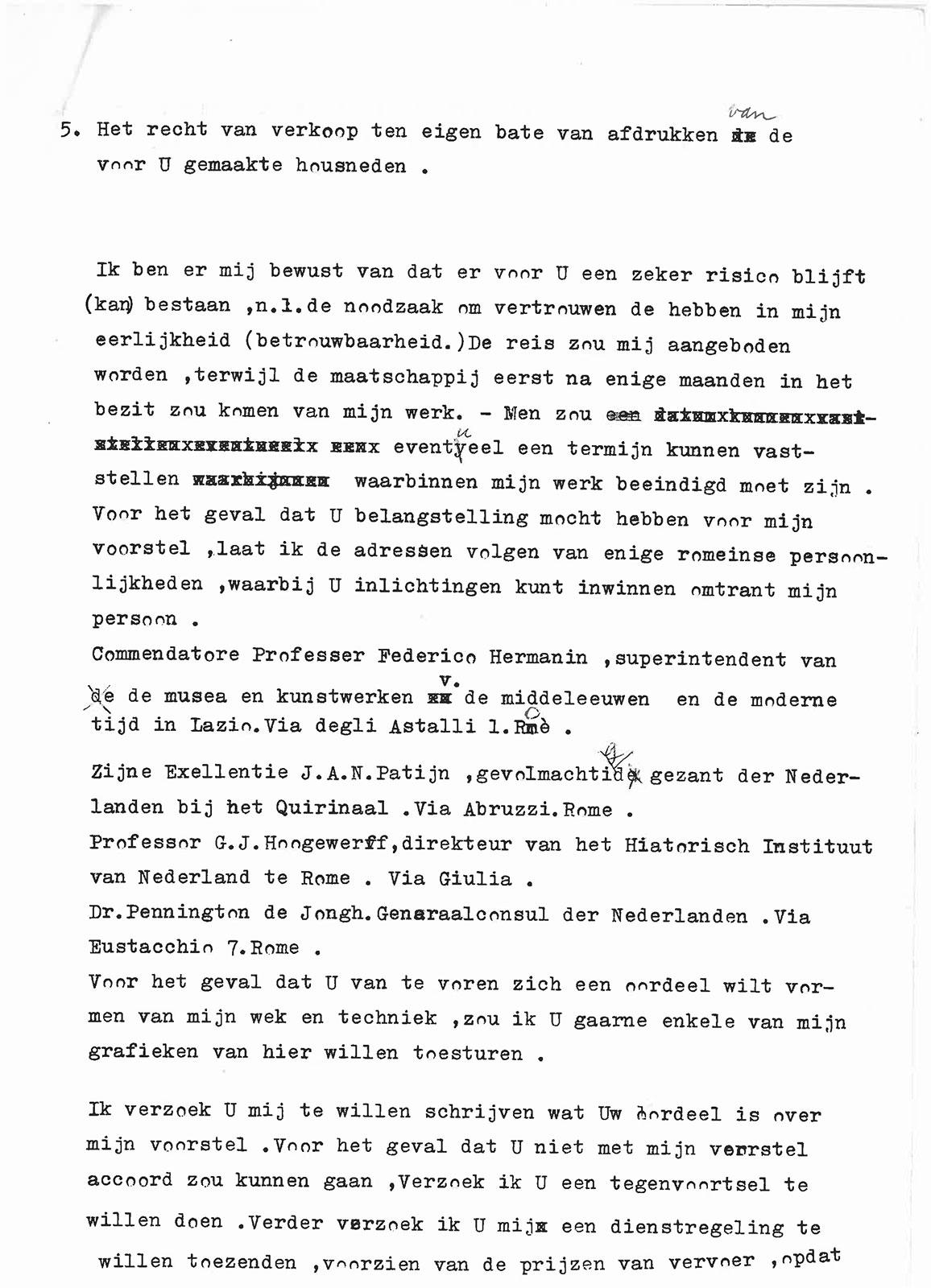
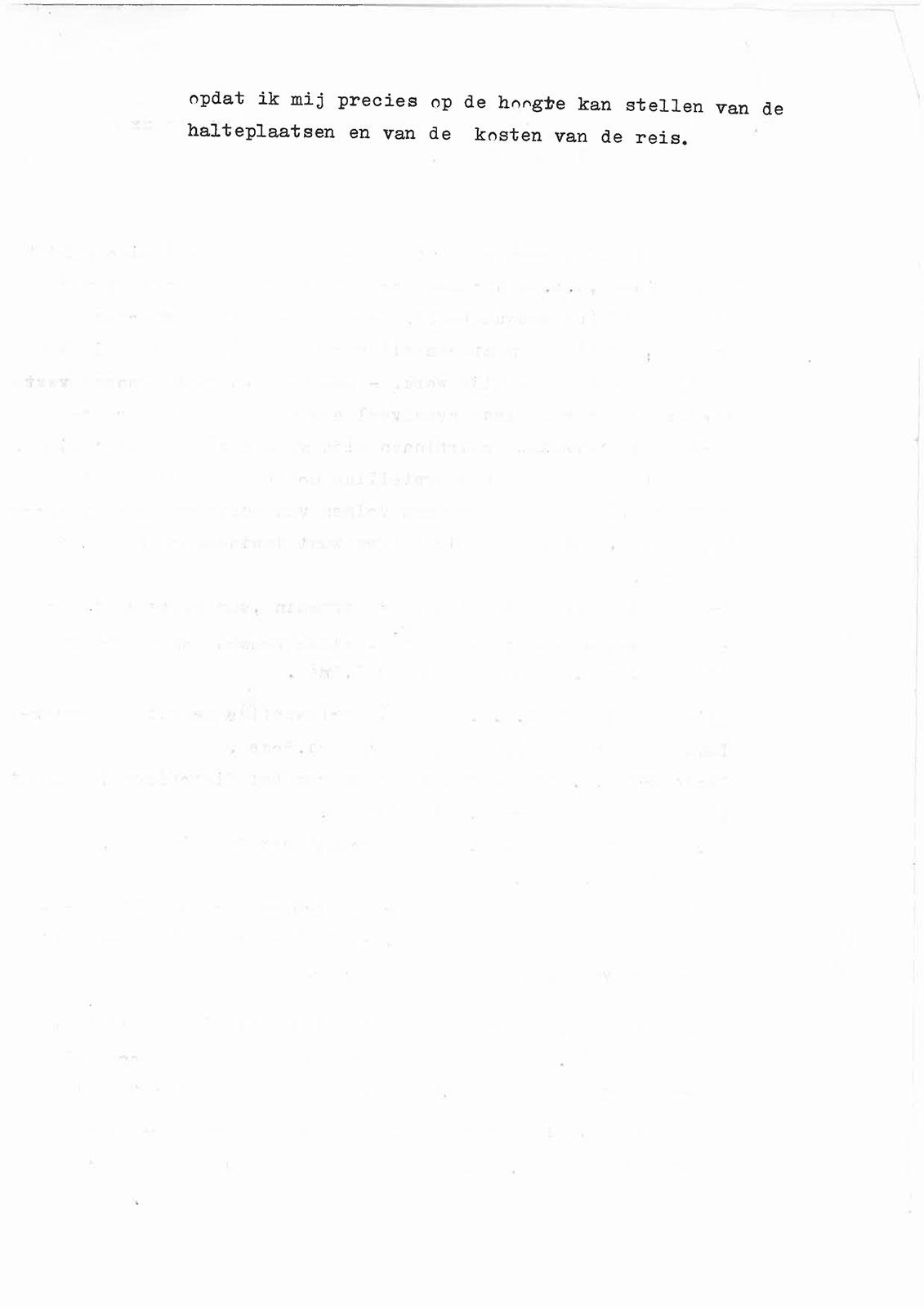
He suggests that his prints could serve as illustration material. This is not such an odd suggestion as it may seem. As the Escher Archives in Kunstmuseum Den Haag reveal, the Compagnia di Navigazione ADRIA was already publishing advertising booklets. (See photo for an overview of the booklets held in the M.C. Escher Collection).
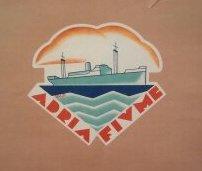
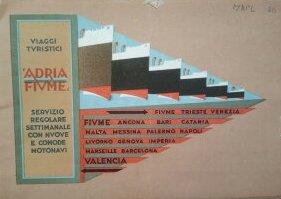
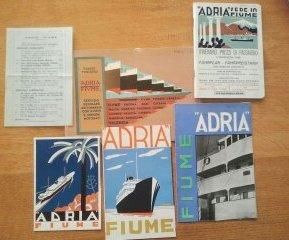
Nevertheless, the couple are astonished to learn that their proposal is accepted. Escher was already familiar with the passenger-carrying cargo ships, having travelled on the Verdi during his 1935 spring tour of Sicily and Malta. 'Verdi' is the boat depicted in the print Senglea. To convince the shipping company of his good intentions, he encloses a copy of this print with his letter.
On 27 April 1936, Escher arrives in Fiume, modern-day Rijeka in Croatia. This is where the company is headquartered. Escher is handed the archive, and is invited to select the ports he wishes to visit. He is also handed a letter to avert any unforeseen problems with the port authorities. He is treated like a king. He is personally introduced to the captain of the ship, and is assured that wine will be served with every evening meal. Although the boats are officially cargo ships, around thirty passengers are permitted on board. They live in relative luxury, as can be seen in the photos in the advertising brochure. Little wonder, therefore, that Escher and Jetta are served wine during dinner.
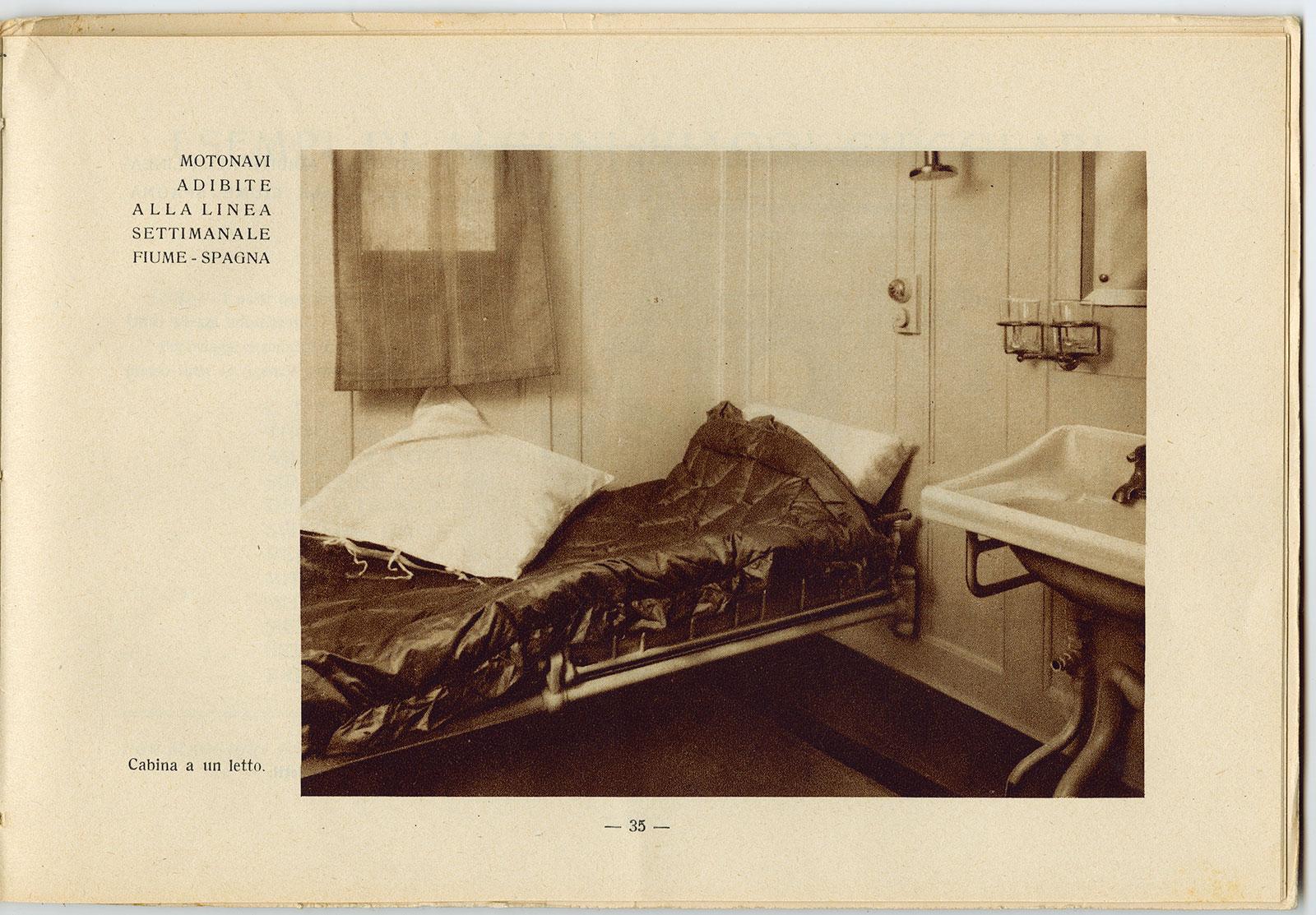
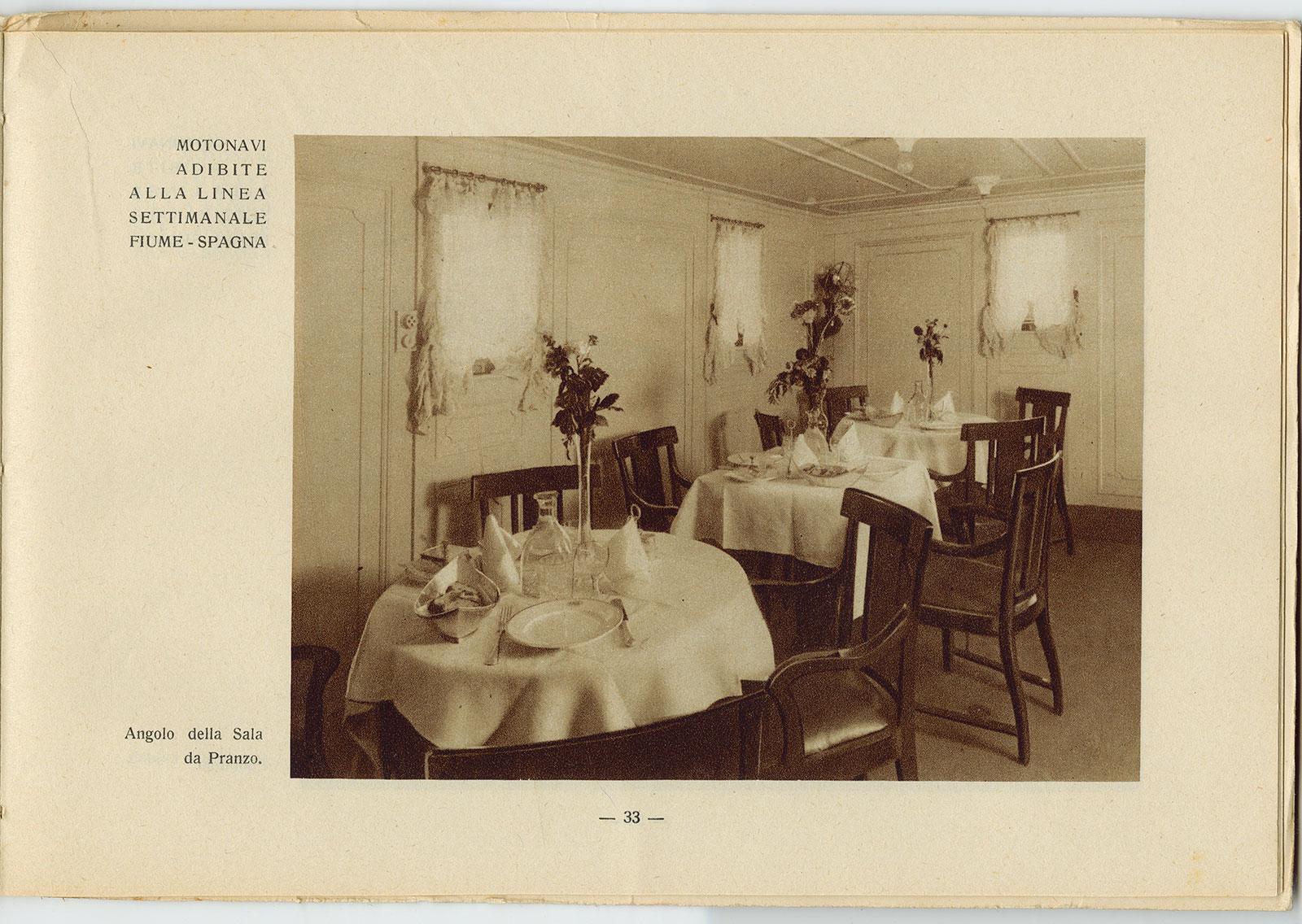
During the journey, Escher makes several drawings for his prints. Freighter is one of the woodcuts to emerge. Escher's 1936 photo album contains a photo of Escher in his plus fours, drawing on the deck of a boat.
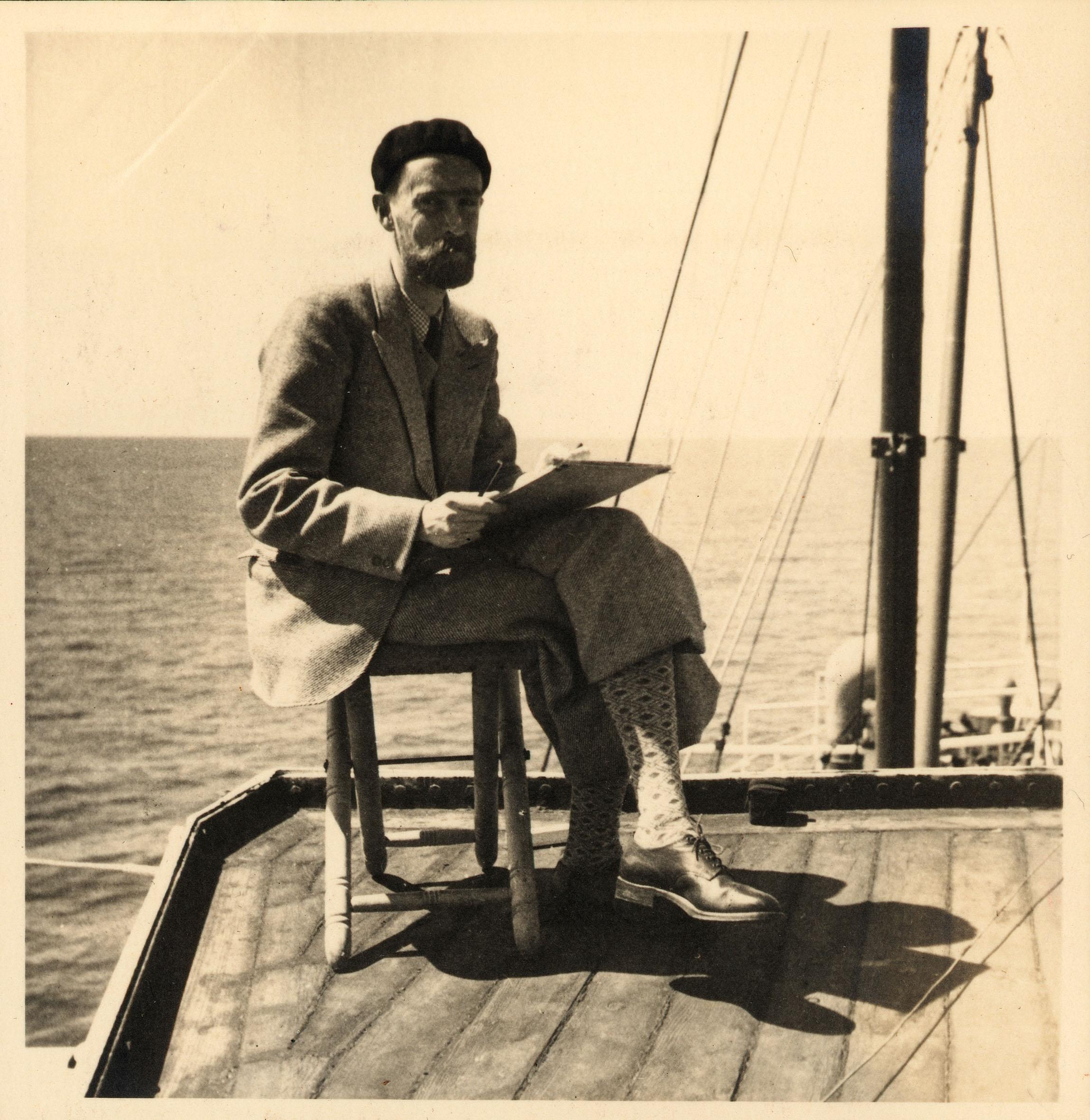
A drawing board is perched on his lap. Might this be the drawing board that he bought especially for this tour? According to his pocket diary calculations, the board cost 62.80 Swiss Francs. He also kept a meticulous record of his travels.
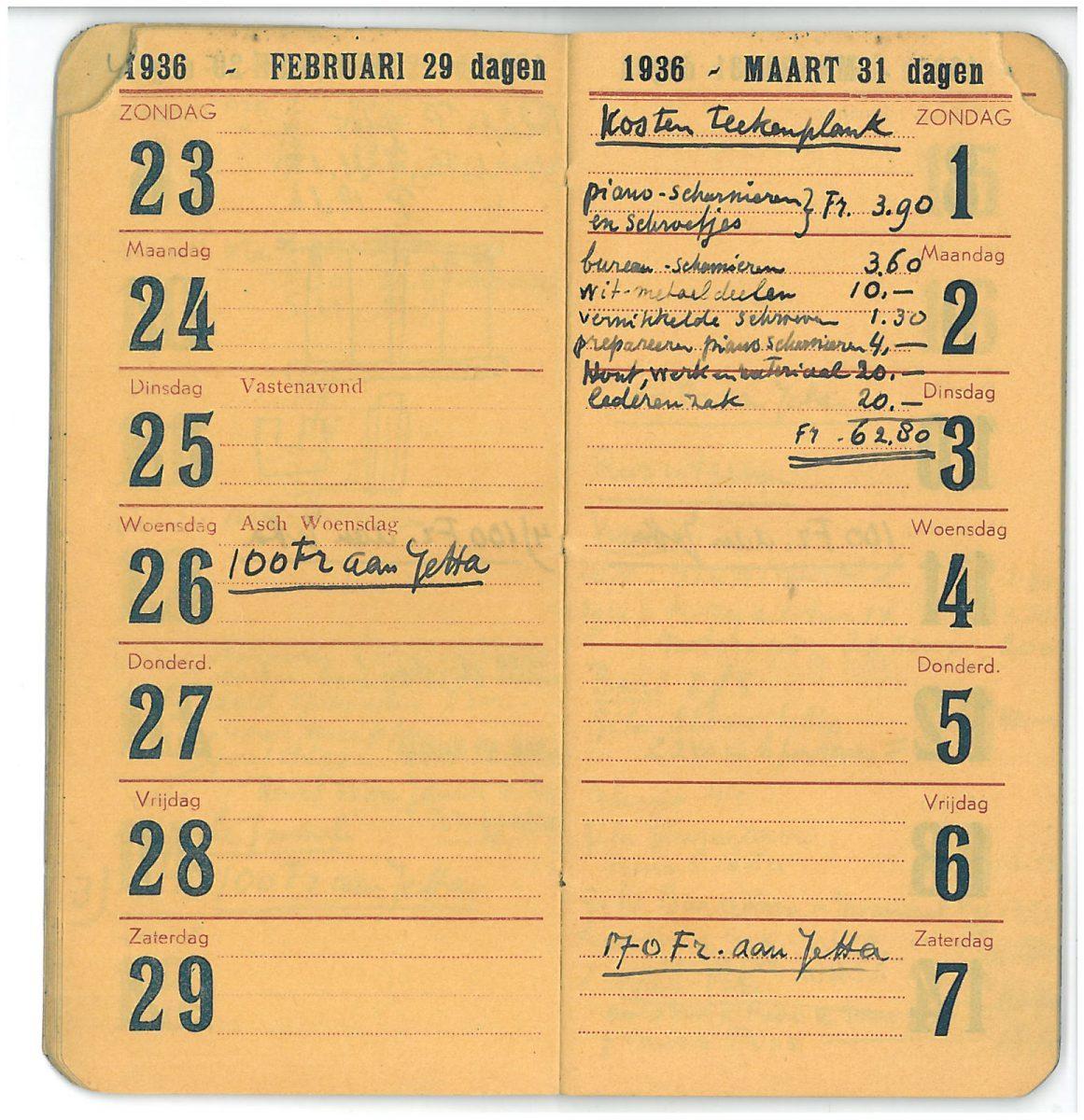
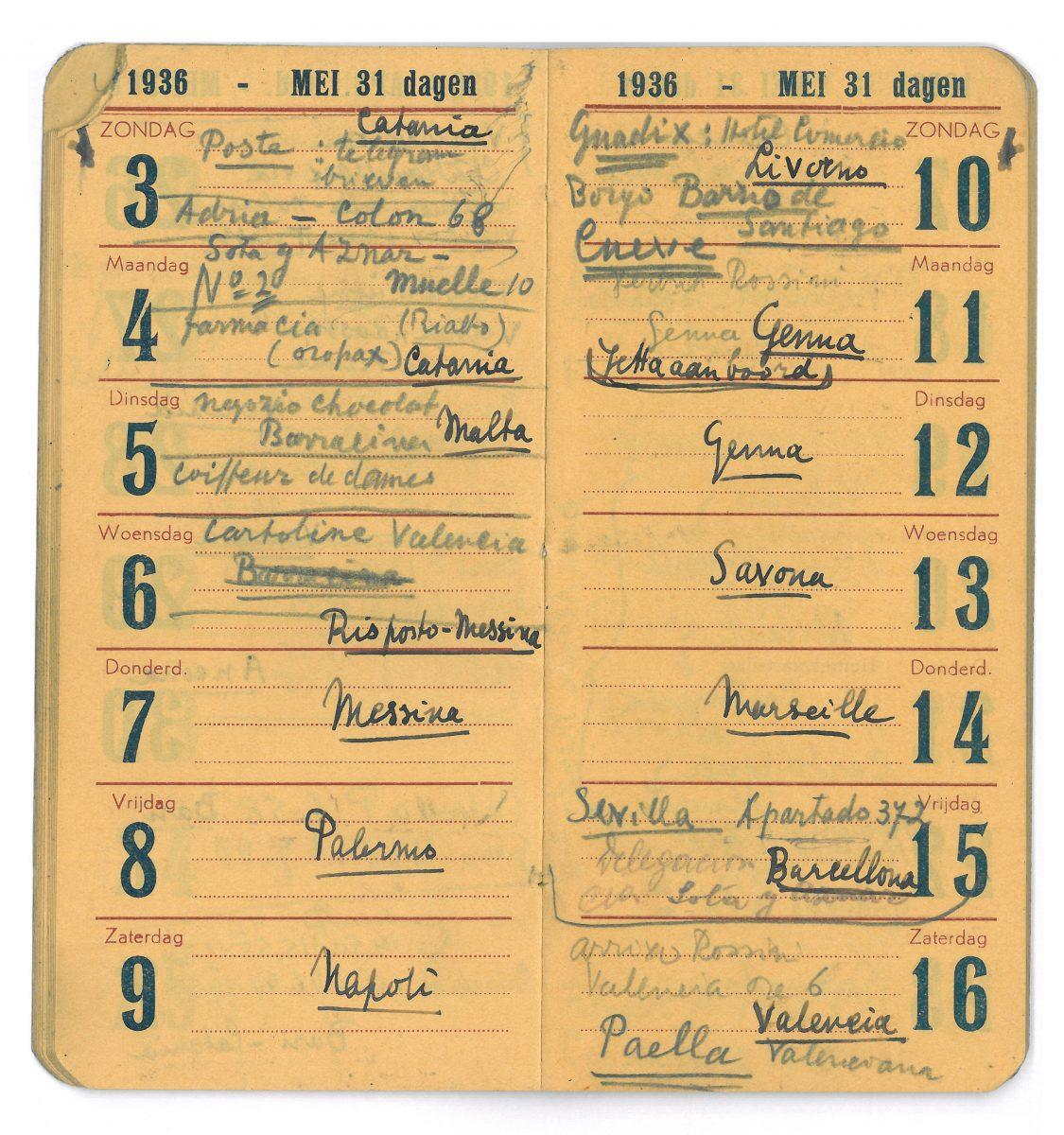
“Value in exchange for 48 copies of prints, journeys offered, based on freight charges of the Adria, plus Lire 300 as a contribution towards expenses incurred.”
